How to add extra car speakers
The Video Course teaches you everything about modern cars.
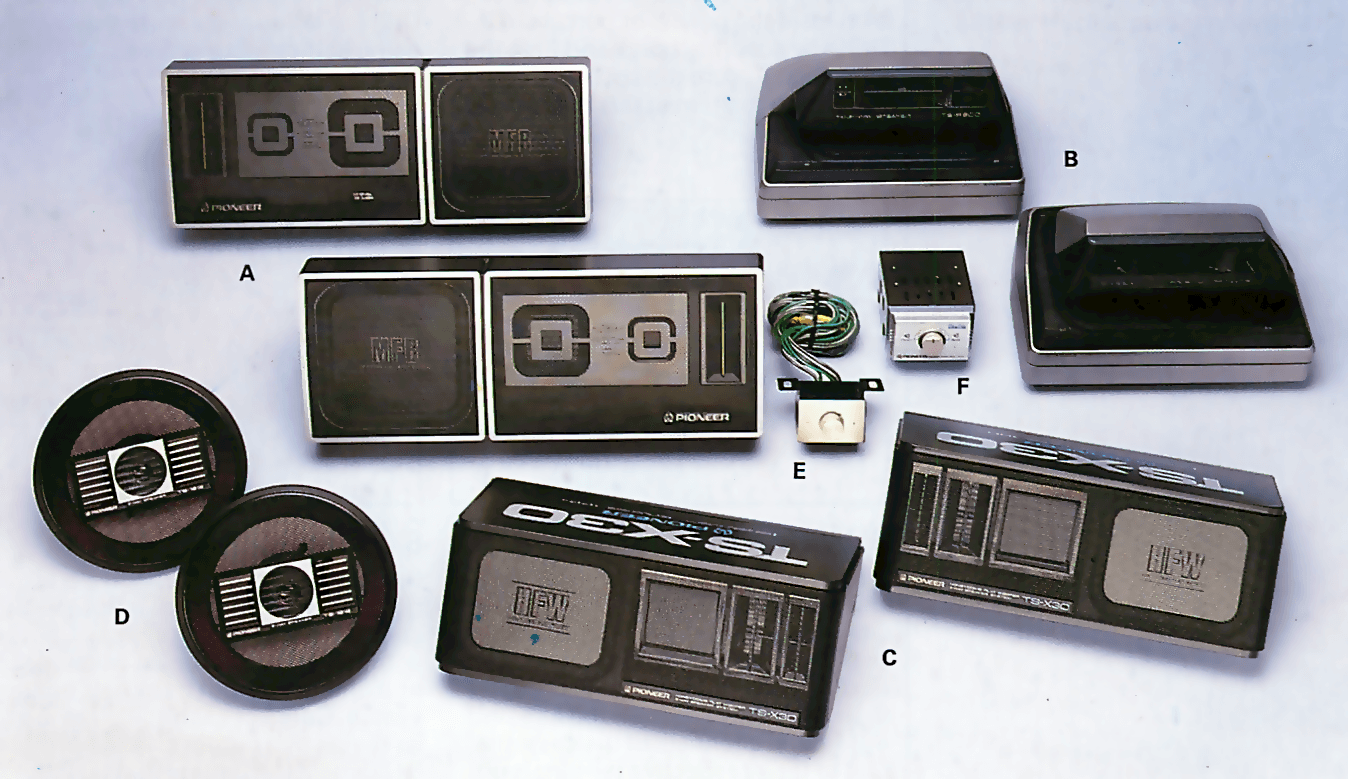
The standard twin-speaker car stereo system has one obvious drawback. If you mount the speakers on the rear shelf, to hear the sound clearly you often have to turn up the volume to a level that is too loud for the rear seat passengers.
Conversely, if the speakers are fitted at the front of the car - and they are usually low down in the door panels - the sound in the back can be muffled by the seats.
All-round sound
The solution to this problem is to fit a four-speaker system, with two speakers mounted in the front and two in the rear.
For the front of the car you will probably find that the door panels are the best, if not the only, location available, though some cars have speaker positions built into each side of the dash.
In the rear of the car you can again mount the speakers in the doors (or the side panels on a two-door car), or on or under the parcel shelf.
Choosing speakers
There is a huge variety of speakers to choose from - in general you should buy the best quality speakers you can afford.
Make sure that the speakers you buy are capable of handling the power output of your radio-cassette or graphic equalizer - if you have a 30 watts per channel unit, the speakers must be capable of handling at least that amount and preferably a little more. But don't put 100 watt speakers on a 10 watt radio-cassette - the amplifier won't have the power to drive the speakers cleanly, and the sound will be muffled and distorted.
Fader control
Finally, if your radio-cassette or graphic equalizer isn't specially designed to run four speakers, you will need to fit a front-to-rear fader control.
This unit allows you to control the balance between the front and rear pairs of speakers.
Installing car speakers
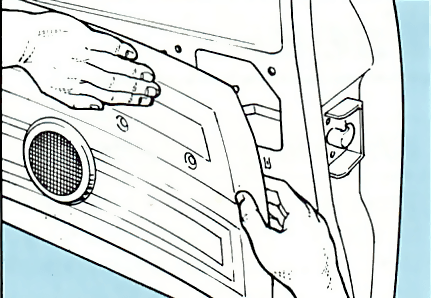
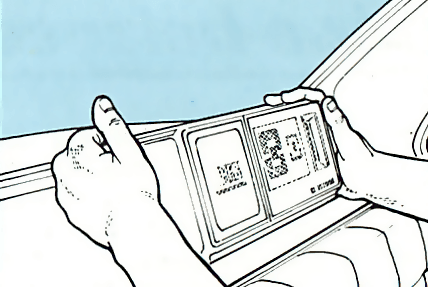
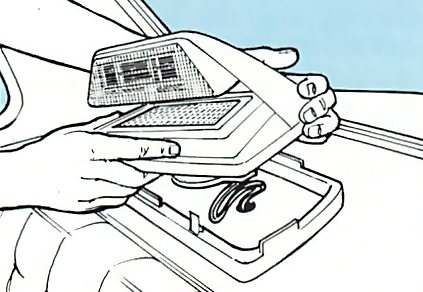
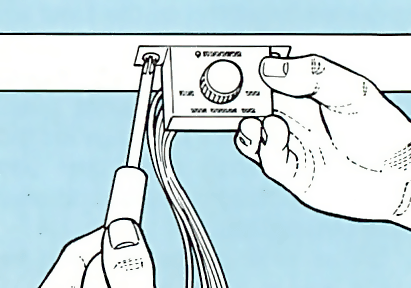
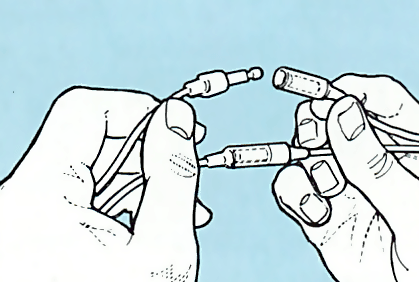
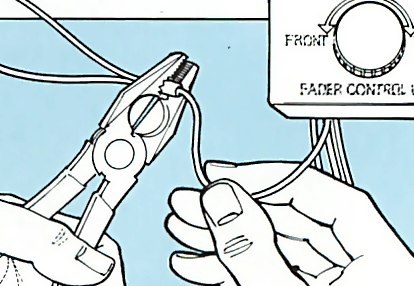
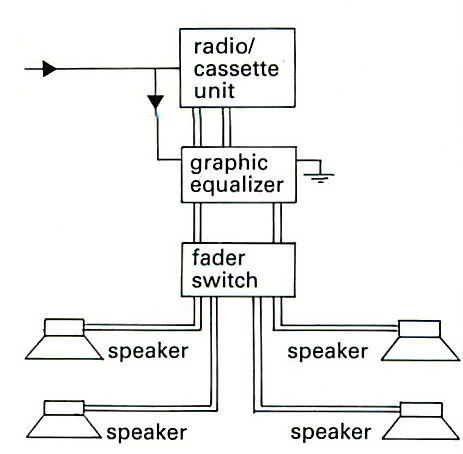
The Ultimate Car Mechanics video course
Learn everything about modern cars from our new video series.
Learn more >-
We build a Mazda MX5 Miata from scratch
We start by tearing down and then rebuilding the whole car.
-
Every part explained
There's ridiculous detail on every part. Clearly and easily explained.
-
All modeled in 3D
We've created the most detailed 3D model ever produced so we can show you everything working.






